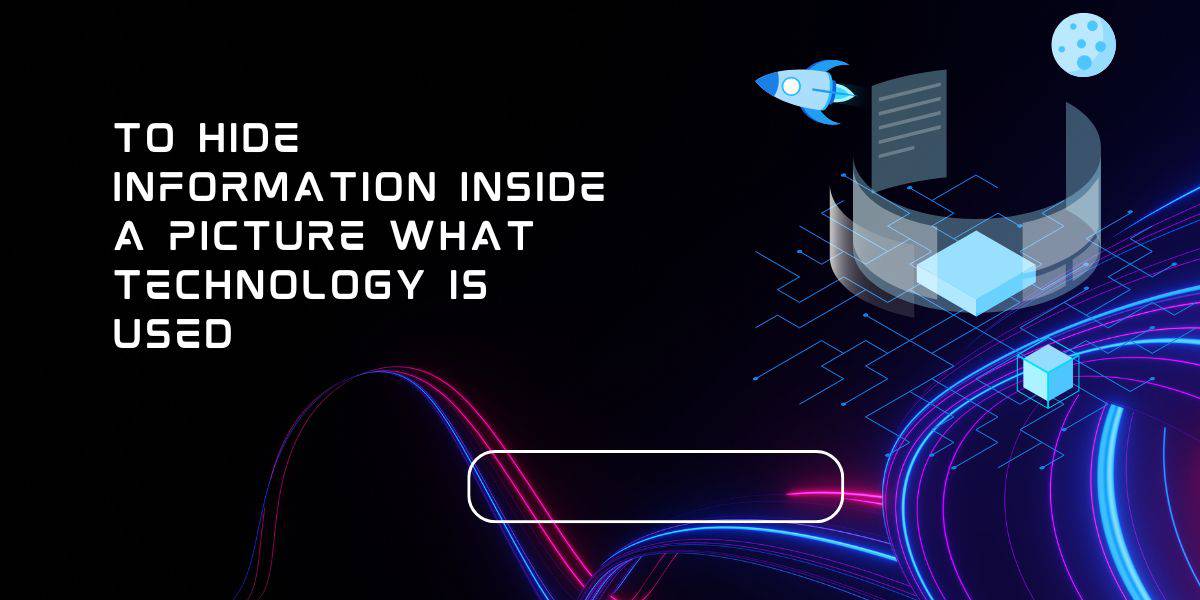- Bitmapping
- Image rendering
- Rootkits
- Steganography
Answer: D – Steganography
Steganigraphy is the technology which is used to hide information inside a picture. There are different methods to implement steganography, which includes hiding important information in the least important areas of the image in the bits of pixels or by adding the information to noise in an image. Other than that, one can embed data in the metadata of the image or by encrypting the data and hiding it in the image. Encrypted data can be accessed through a secret key.
Detailed Explanation
Now that the meaning of steganography is clear, let’s explore the relevancy of it. It is most relevant to cybersecurity to keep track of ransomware gangs and hackers who hide information in images when attacking targets for a fraud. But how does it work?
How does Steganography work?
As we clearly know that the process of steganography is to conceal a message or any data in an image that nobody can interpret it. But let’s now discuss how it works –
- Select the medium to transfer the data. The medium here is the carrier, which can be an image, video or an audio file. These files can accommodate data without unnoticeable alterations.
- The next step is to insert the secret message or data into the carrier file utilizing different algorithms to minimize detectability.
- Once you have easily concealed the data in the carrier file and transmit it through different communication channels.
- Once the data is received by the receiver, they decrypt the data using different algorithms, which can help interpret the information.
Steganography in Cybersecurity
Steganography plays a double role in cybersecurity. It serves as a tool to secure communication as well as a way for cyber attackers to conceal malicious information and send attack codes.
Legitimate Uses
- Cyber organizations can use steganography to transmit important information, which can reduce the risk of interpretation or detection of any such information by unauthorized channels.
- It can help in asserting ownership by embedding digital watermarks into media. One can also track media usage without altering the quality of the content.
Malicious Uses
- Cyber attackers or threat actors can embed stolen information within innocuous files to avoid detection by prompting security measures.
- Malware uses steganography to send and receive commands, data and encrypted codes from attackers. It can result in malicious activities that are hard to detect and cause big troubles.
To understand and detect steganography is very important for cybersecurity professionals to prevent unauthorized data transfers and to ensure the integrity of communicating digitally. However, there are tools and algorithms that can help in deciphering these codes, but it is required by the professionals to practice it fairly.
Hope this gives you all the information about Steganography and helps you understand its uses in a legitimate manner.
If you have any more questions, drop in the comments and we will try to get back to you soon.
